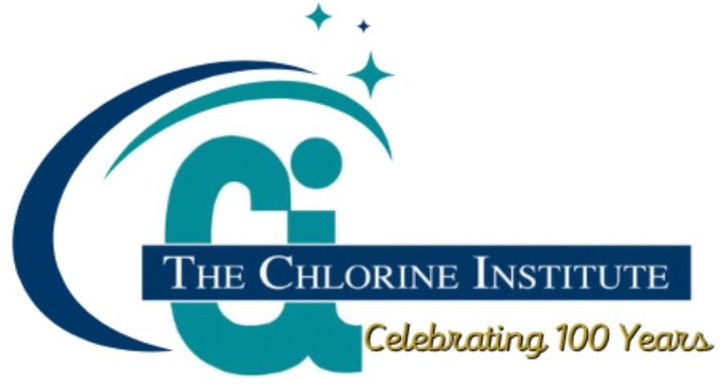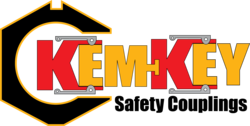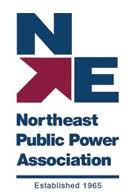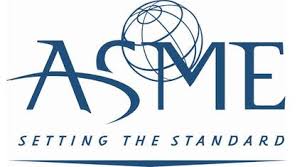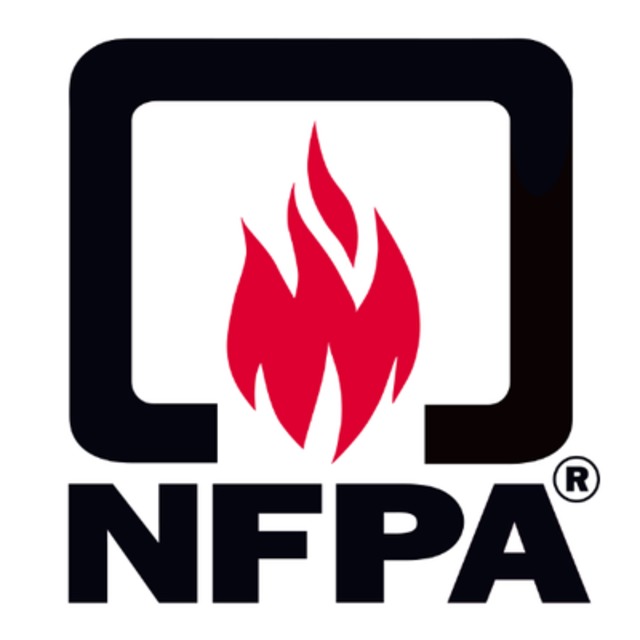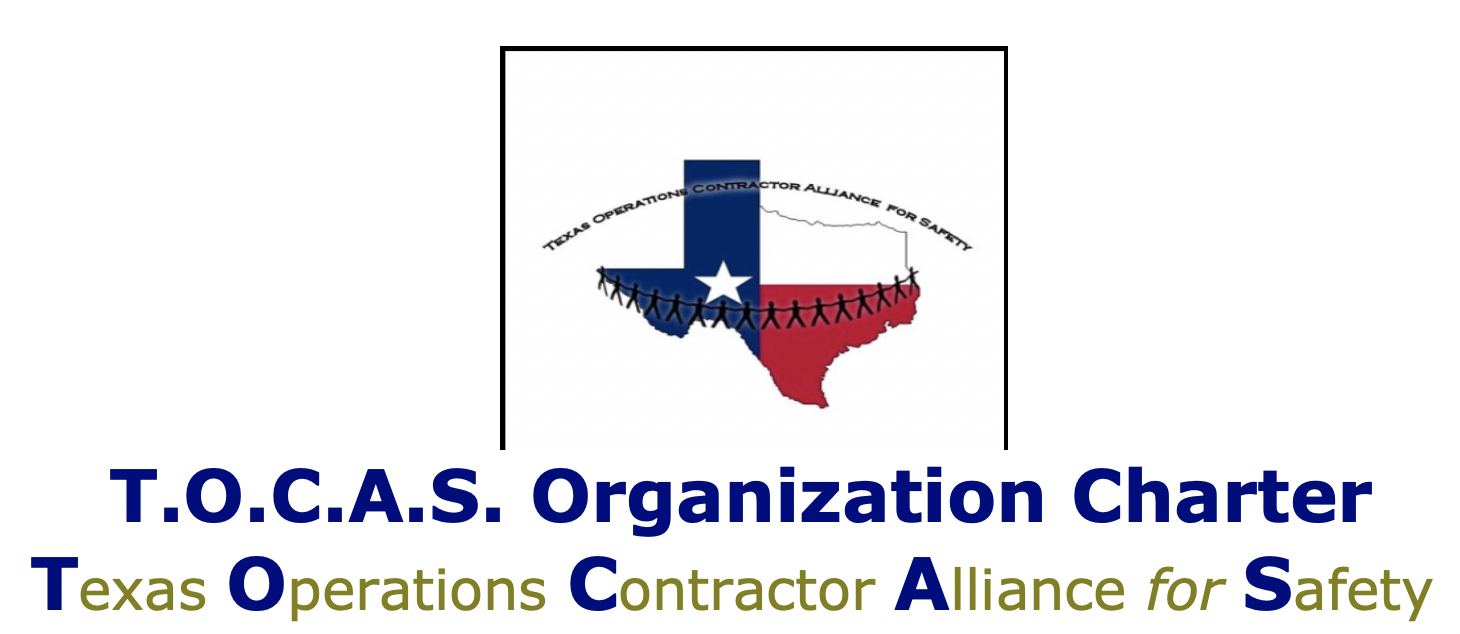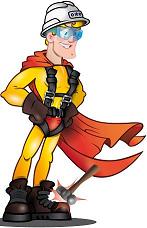Any safety pro who is also a parent will know exactly what I am discussing with this week's rant. As parents who are leaders in safety, we have all seen it and experienced it firsthand throughout our careers.
Every child will be different (even within the same family and home environment), as will every facility within an organization. But how we deal with our "children" (and the manner we build a culture of safety) is basically the same:
1) Build trust
2) Build credibility
3) Establish behavioral boundaries and expectations
The first two are the simplest but, for many organizations - the most difficult.
Anyone who has been involved with a child who has been abused (physically and/or verbally) understands the damage that has been done to that child's ability to trust anyone. And don't think that adults respond differently in the workplace; adults are more perceptive to the abuse than a child, as the young child knows nothing more than the abuse.
For loving parents, #1 and #2 come naturally/instinctively through a continuous expression of love and caring for our children. We tell them daily/hourly how much they are loved, AND THEN OUR ACTIONS/BEHAVIORS are reflected in those words. This is especially critical in the infant years (as well as in the beginning years of building a safety presence within an organization).
And, of course, we will have ups and downs along this journey; every family does. In family life, we call this the "teen years," and in the journey to world-class safety, we will have many of these bumps where TRUST and CREDIBILITY are questioned. However, as parents and leaders in safety within an organization, we continue to express our dedication to the safety process and demonstrate our best intentions. TRUST and CREDIBILITY will wavier if we continuously demonstrate our commitment to the process, but it does not have to be lost.
Just like our kids do/did, the adults that make up our team will push the envelope of the behavioral boundaries (#3). Much like we do/did as parents to our kids, it is equally important to understand why these adults have failed to meet those expectations. And oftentimes, as we do/did with our kids, we find that OUTSIDE INFLUENCES play a major role in poor decision-making. As parents/leaders in safety, we must identify those influences and take appropriate measures to address these failures, knowing well that we (parents/leaders) may have played a role in said failures.
I am not implying that we treat our adult employees like infants, children, and teens. But the process of raising a child and CREATING OUR FAMILY will, in MANY WAYS, resemble the same means and methods we will use in creating a culture of safety. Someone has to be the adult in the room (even when the room is 100% adults) and be a leader in establishing the means and methods we will use to:
1) Build that trust
2) Build that credibility (in the safety process/SMS)
3) Establish behavioral boundaries and expectations (for EVERYONE, not just the men and women who do OUR dirty and dangerous work)
